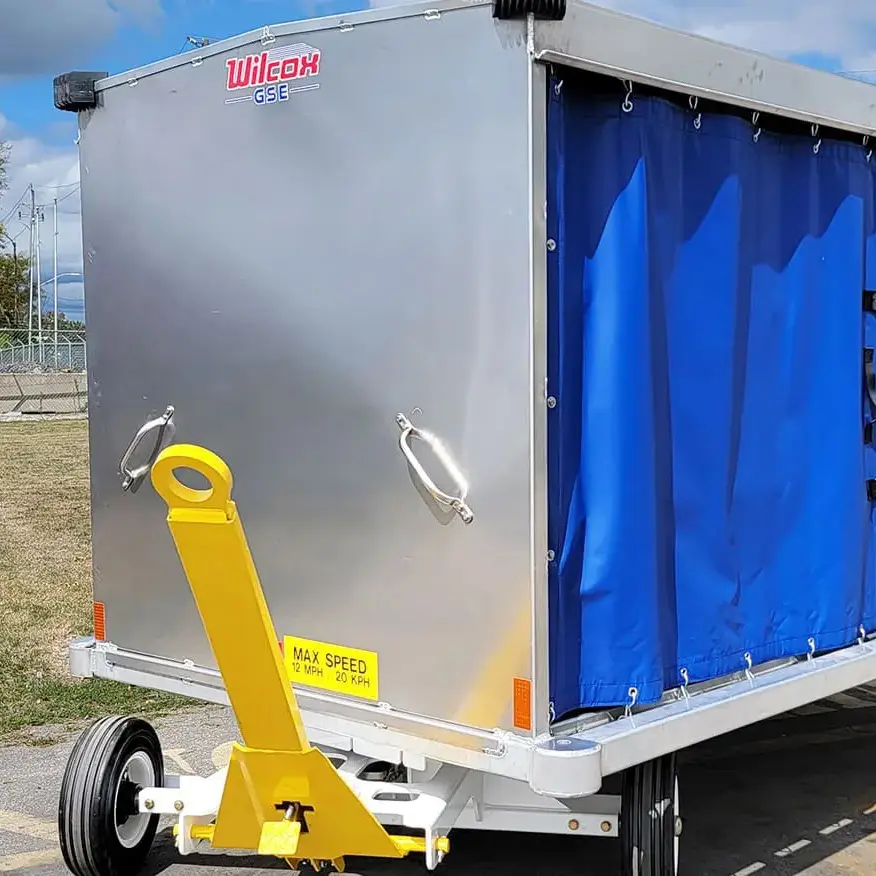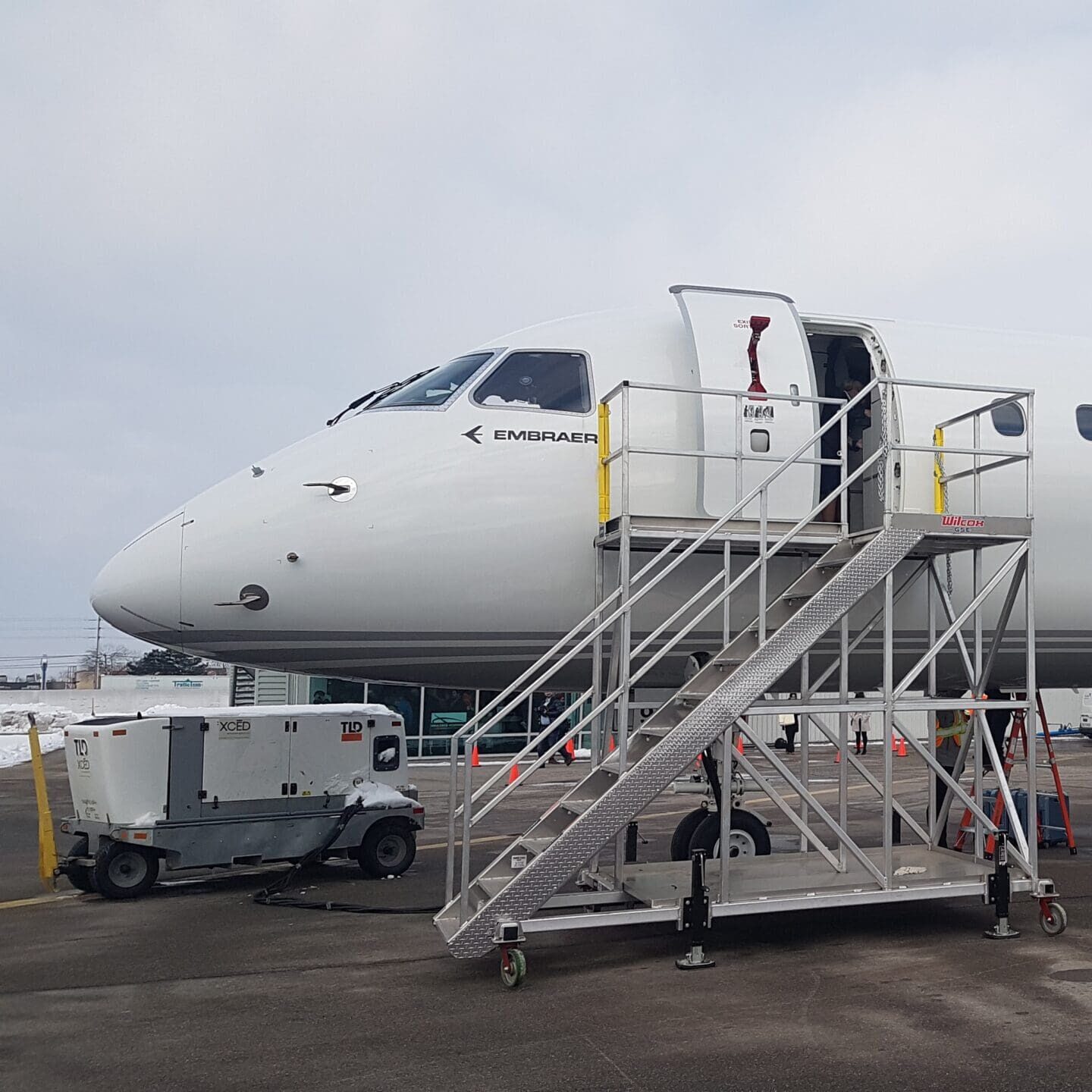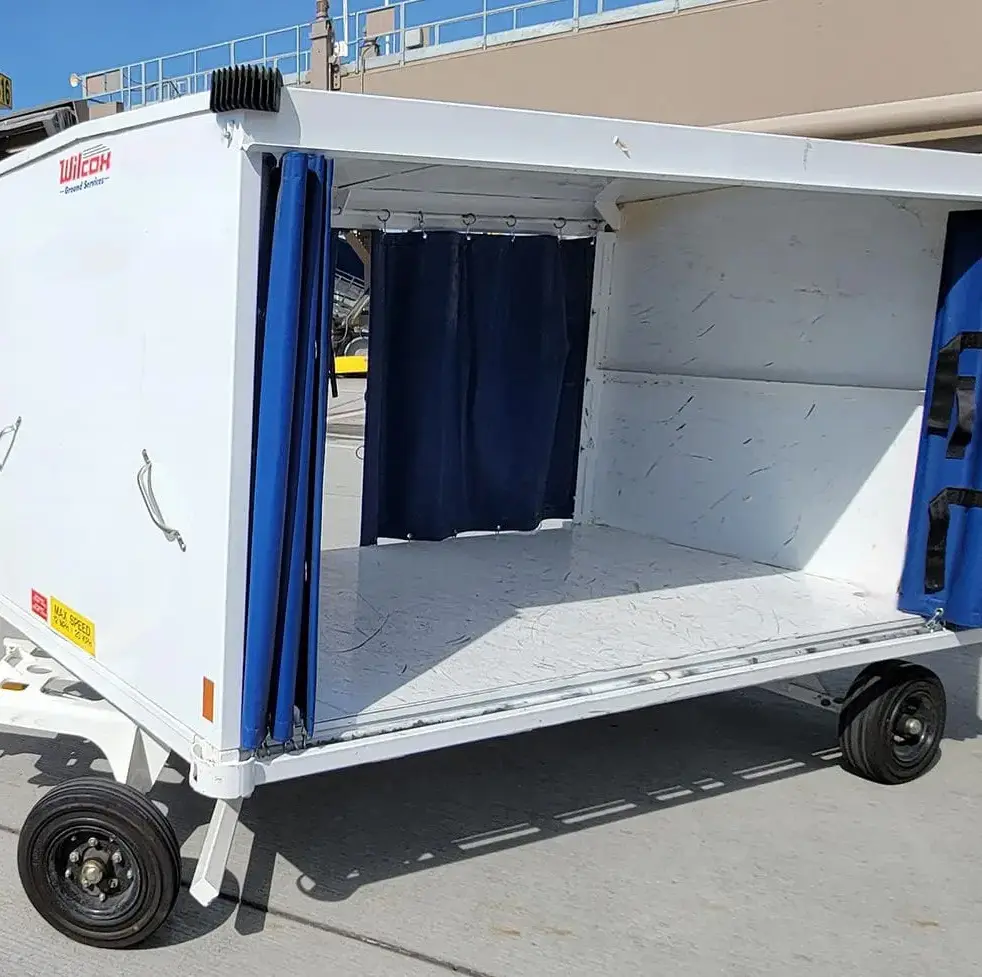How to Maintain Your Ground Support Equipment for Optimal Performance
Airport operations rely on Ground Support Equipment (GSE) to ensure that aircraft maintenance is carried out safely and efficiently. Regular maintenance is required to keep the GSE in good operating order and extend its life.
Proper maintenance improves overall performance, lowers operating costs, increases safety, and minimizes equipment downtime. Let’s discuss the significance of personnel training, inspection methodologies, and preventative maintenance processes, as well as best practices for ensuring GSE.
1. The Importance of Regular Maintenance on GSE
Ground support equipment, including baggage carts, maintenance van trux, and ground support vehicles, operates under tough conditions. Without regular maintenance, these devices would wear out, causing operational delays and increasing costs.
Safety and compliance: Regular maintenance ensures that equipment meets safety and regulatory standards, reducing the likelihood of an incident.
Cost Savings: By fixing minor flaws before they become severe issues, proactive maintenance can save money on repairs and equipment replacement.
Operational Efficiency: Properly maintained equipment performs consistently, reducing downtime and ensuring efficient airport operations.
2. Creating a Preventative Maintenance Schedule
Preventative maintenance entails regular inspections and servicing to keep equipment in good working order. A properly planned timetable should include:
Daily inspections: Look for apparent damage, fluid leaks, tire condition, and good operation of controls and lights.
Weekly inspections: Weekly checks include checking the brakes, battery connections, hydraulic systems, and fluid levels.
Monthly maintenance: Conduct more extensive checks, such as oil changes, filter replacements, and lubrication of moving components.
Seasonal Maintenance: Seasonal maintenance entails preparing equipment for severe weather conditions, such as winterizing in cold climates or ensuring cooling systems function in hot areas.
3. Key Maintenance Practices for Common GSEs
Different types of GSE have distinct maintenance requirements. The following are some best practices for specialized equipment.
To maintain luggage carts and cargo dollies, regularly inspect the wheels and axles for wear and tear. Ensure that all latches, locks, and safety precautions are functioning properly. Keep moving parts clean and lubricated to avoid rusting and corrosion.
Instead, for the ground support vehicles, check the engine, transmission, and brakes for any problems. Inspect hydraulic systems for leaks and maintain proper pressure levels. Check the steering and suspension components to check they are functioning properly.
Aircraft refuelers should inspect gasoline lines, nozzles, and tanks for leaks and obstructions. Check that safety valves and grounding systems are in place and operational. Regularly adjust fuel meters and gauges to ensure accuracy.
Inspect de-icing equipment for damage or leaks in the pumps, nozzles, and fluid tanks. In addition, inspect heating components and spray patterns to guarantee optimum coverage. Replace or clean filters to keep fluid flowing properly.
4. The Role of Lubrication and Fluid Management
Proper lubrication reduces friction and wear on moving parts, and fluid management keeps systems functioning smoothly. Key considerations include:
Choosing the Right Lubricants: Use the lubricants and greases recommended by the manufacturer to protect your components from wear and corrosion.
Monitoring fluid levels: Engine oil, hydraulic fluids, coolant, and brake fluids should all be checked and topped off on a regular basis.
Fluid and Filter Replacement: To avoid contamination and maintain performance, replace fluids and filters according to the manufacturer’s recommendations.
5. Battery Maintenance and Charging Protocols
Many GSE vehicles are electric, making battery maintenance critical for peak performance. Best practices include:
Proper Charging: To avoid overcharging or deep drain, use the proper charger and adhere to the specified charging cycles.
Temperature Control: To protect batteries from extreme heat or cold, store them in a temperature-controlled environment.
Regular Inspections: Regular checks include inspecting battery terminals for corrosion and ensuring that connections are securely attached.
6. Tire and Wheel Care
Tires are essential for safe and efficient equipment operation. Regular tire care includes the following:
Inspecting for Damage: It is crucial to pay attention to signs of wear, wounds, and punctures.
Rotating Tires: Rotate your tires often to ensure even wear and a longer lifespan.
Checking Tire Pressure: Proper tire pressure improves fuel efficiency and decreases wear.
7. Cleaning and Corrosion Prevention
Keeping GSE clean not only improves its appearance but also helps to avoid rust and corrosion.
Washing: Clean your equipment on a regular basis to eliminate dirt, grime, and chemical residue.
Protective Coatings: Use anti-corrosion coatings on exposed metal surfaces.
Storage: Equipment should be stored in enclosed spaces or with protective covers to keep it safe from the elements.
8. Training and Empowering Maintenance Staff
GSE maintenance requires properly qualified people. Training should include:
Equipment Operation: Ensure that people understand how to properly use the equipment to reduce wear and tear.
Maintenance Procedures: Outline precise rules for inspection and servicing routines.
Safety Protocols: Emphasize the importance of safety precautions during maintenance work.
9. Using Technology for Maintenance Tracking
Modern technologies can enhance GSE maintenance by:
Maintenance Management Software: This kind of software allows you to establish repair schedules, inspect equipment, and monitor its operation.
Telematics: Use GPS and sensors to collect real-time information on equipment usage and condition.
Predictive Maintenance: Analyze data to anticipate prospective problems and plan maintenance ahead of time.
10. Keep in touch with manufacturers and vendors
Manufacturers and vendors can provide essential assistance with GSE maintenance.
Technical Support: Use manufacturer resources in order to diagnose and give technical assistance.
Service Agreements: Consider a service agreement for routine maintenance and repairs.
Spare Parts: Keep an inventory of frequently used parts to minimize downtime during repairs.
Conclusion
Maintaining ground support equipment for optimal performance requires a proactive approach, including regular inspections, preventative maintenance, and proper training. By embracing modern technology and following best practices, airports can preserve the dependability, security, and effectiveness of their GSE. Maintaining equipment extends its lifespan, reduces expenses, and enhances overall operational effectiveness, making it a crucial part of effective airport management.







